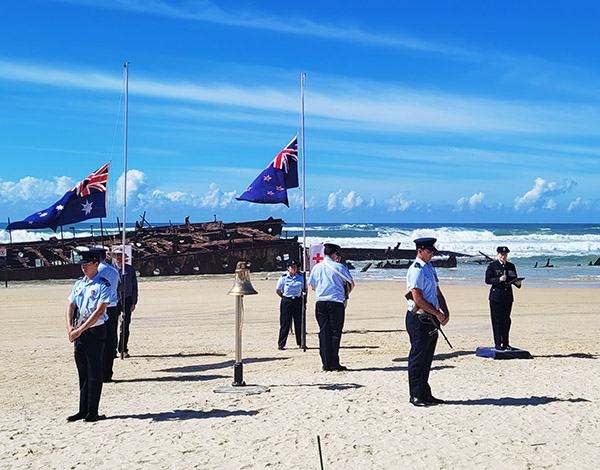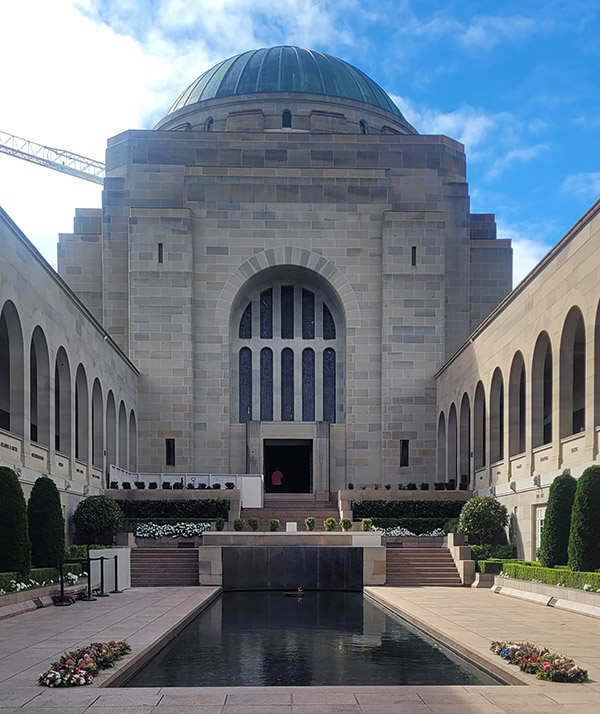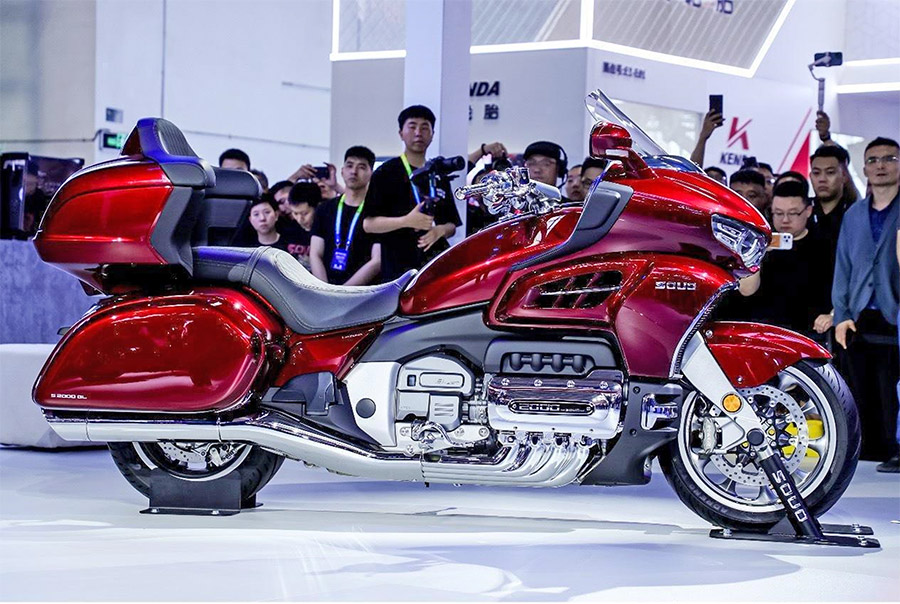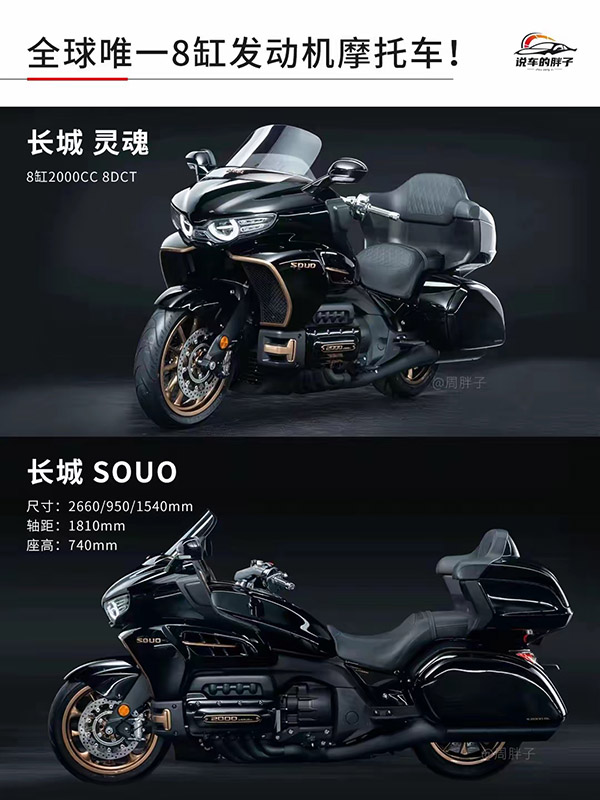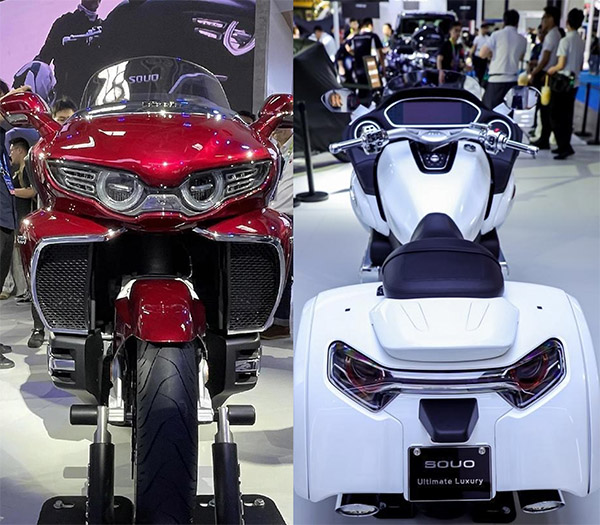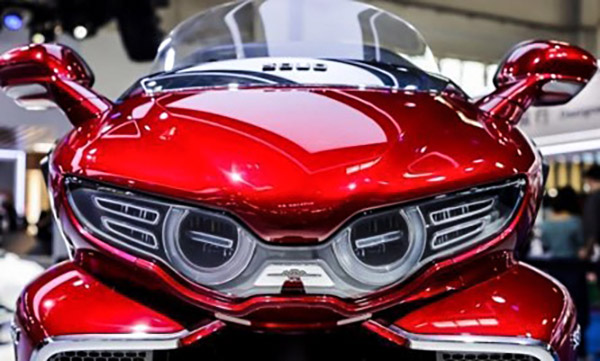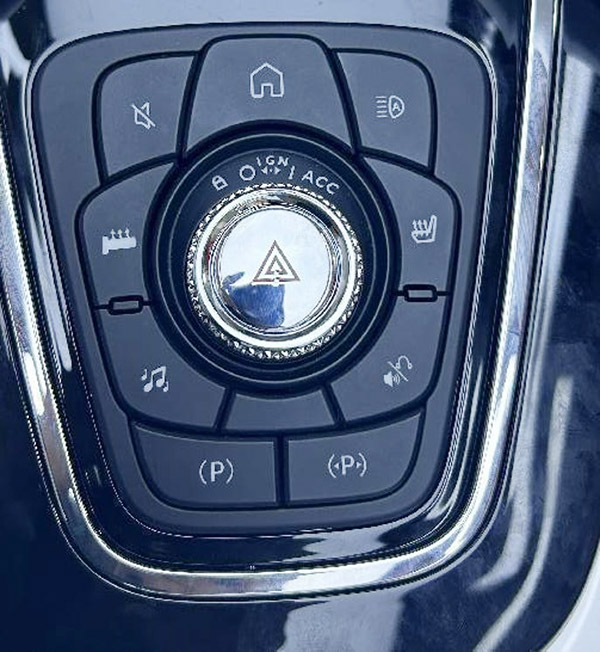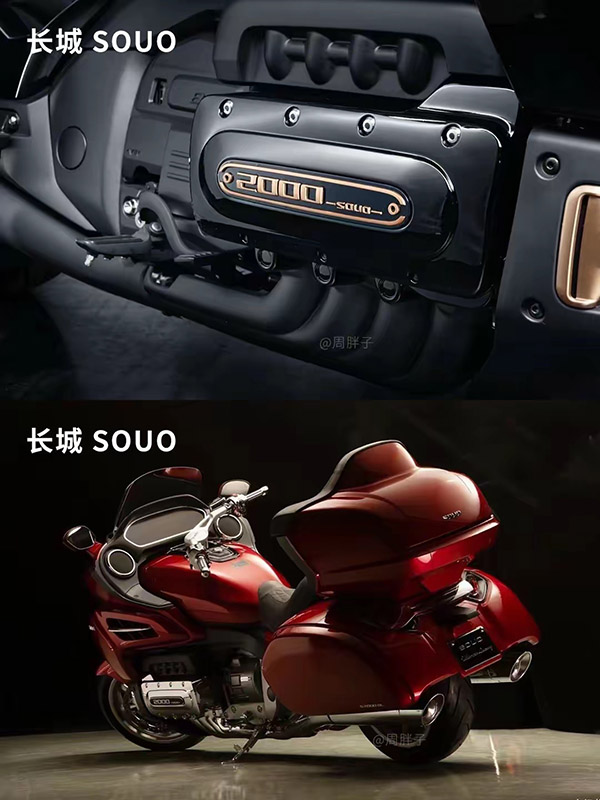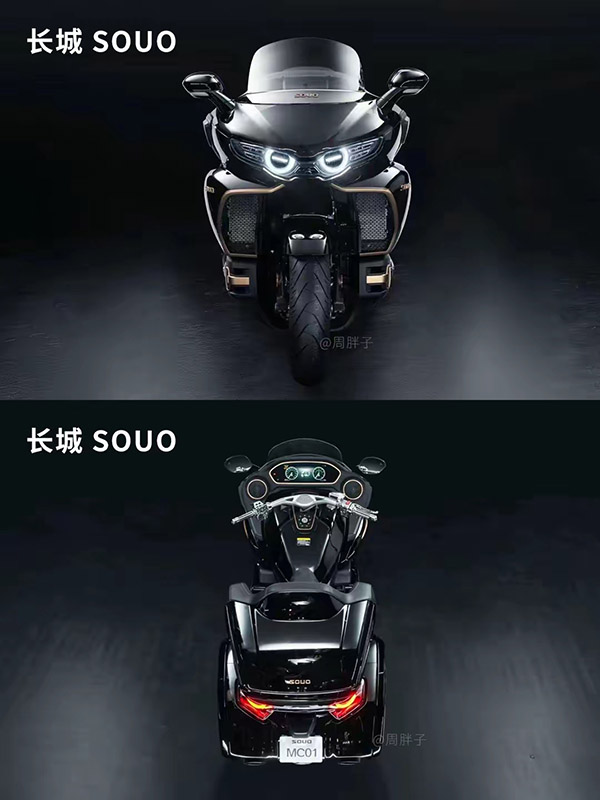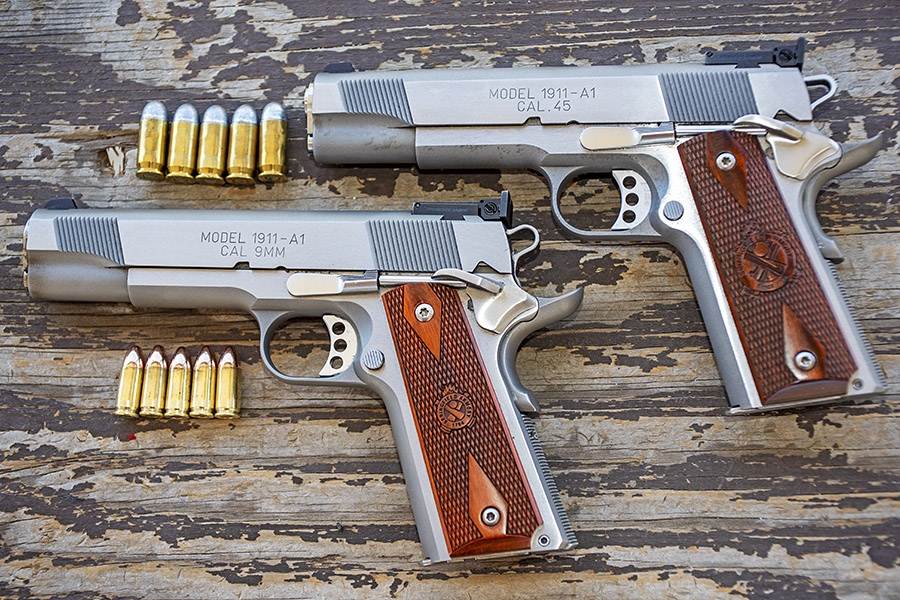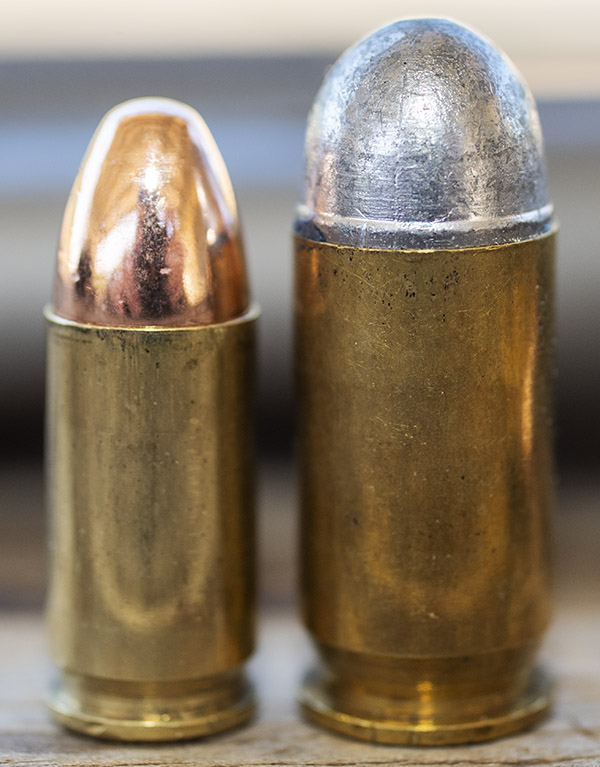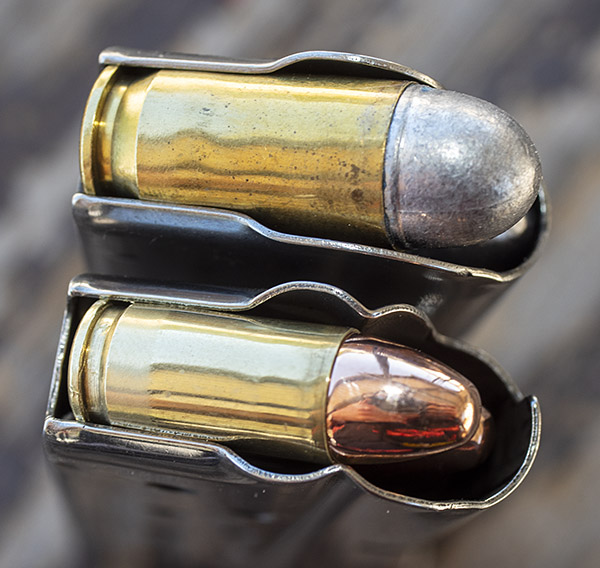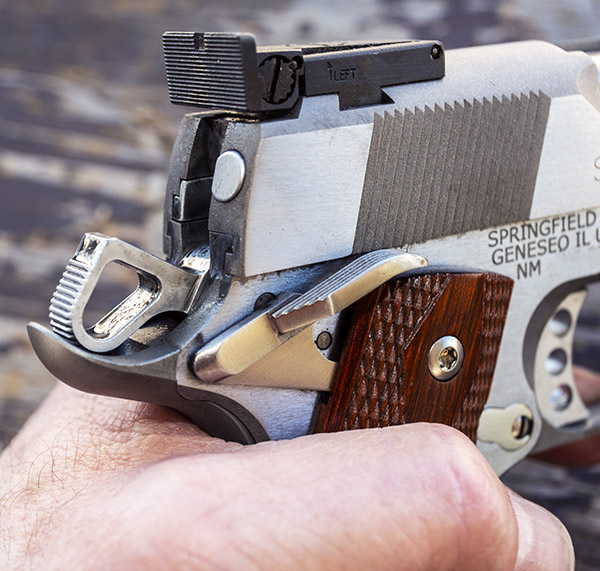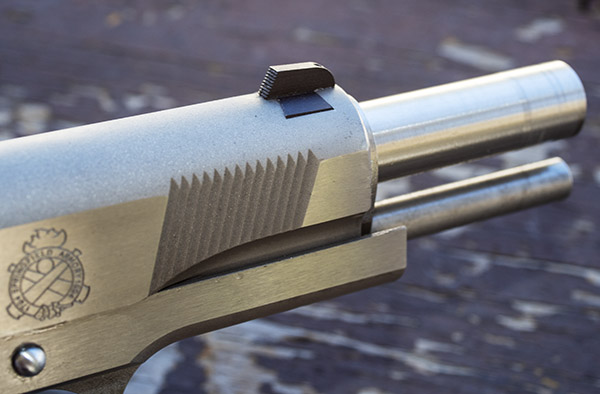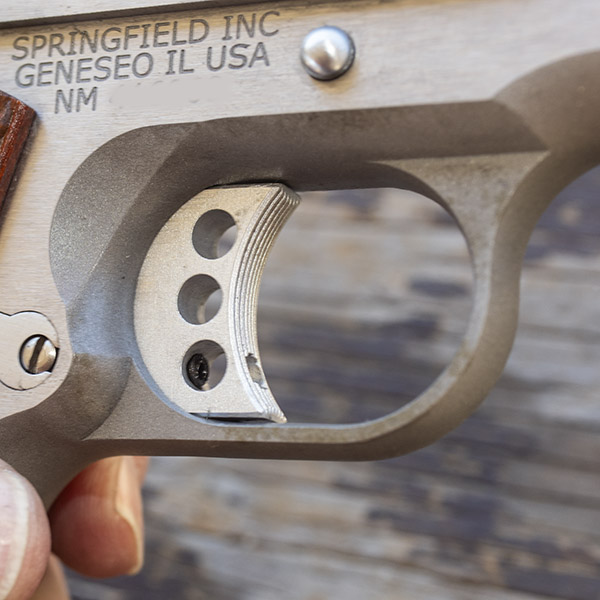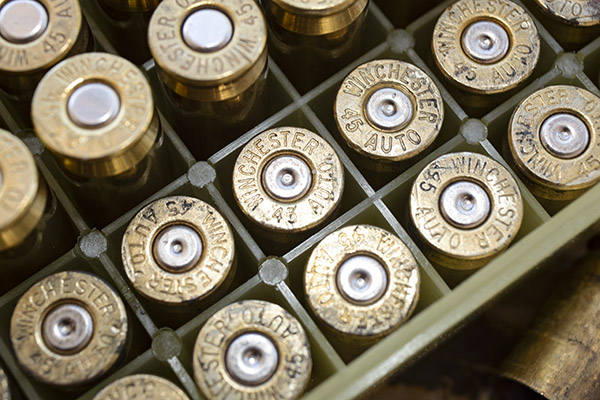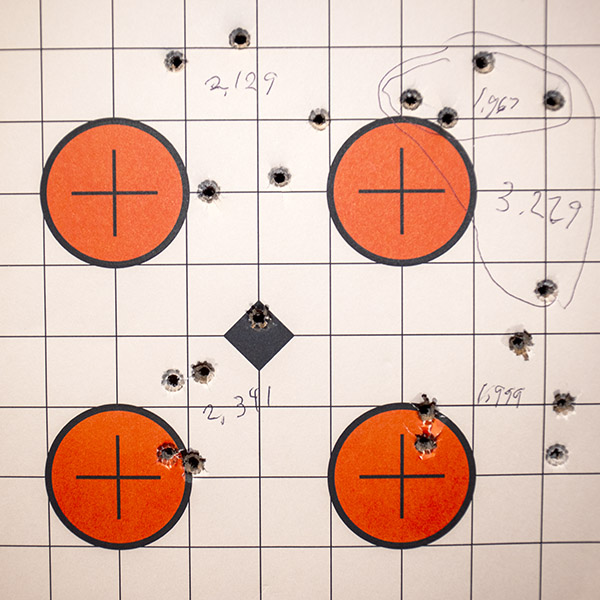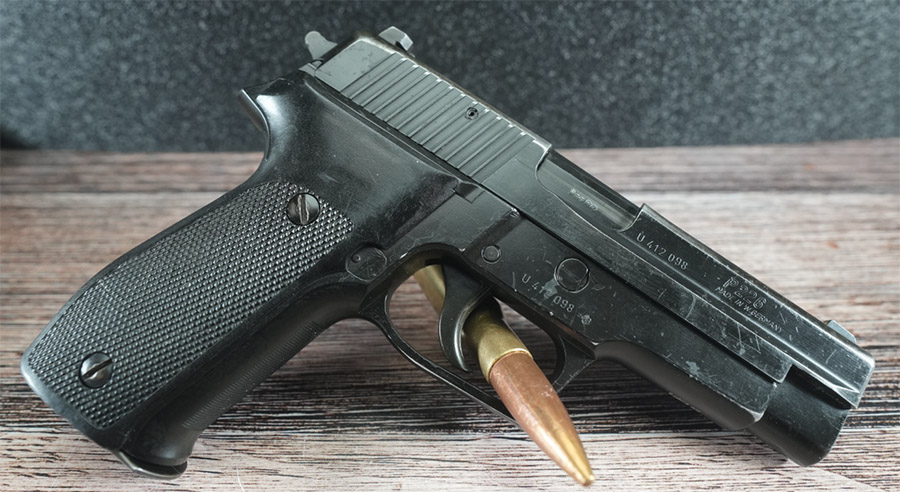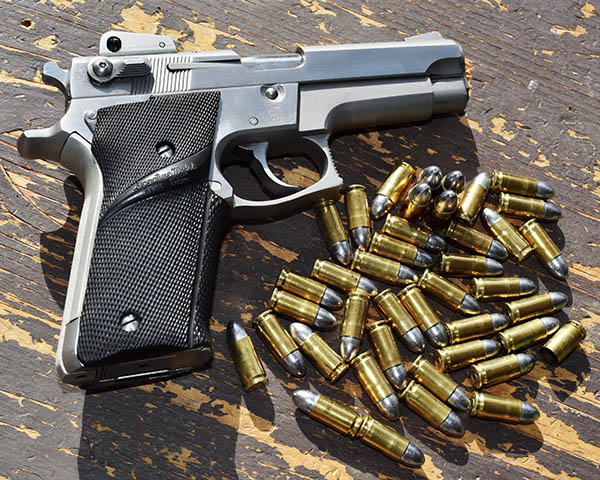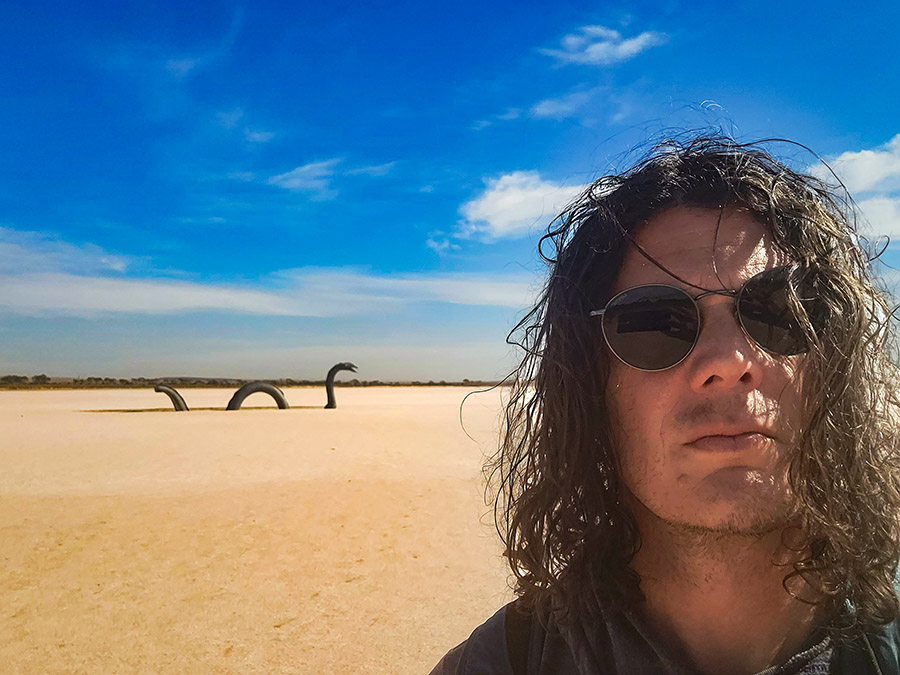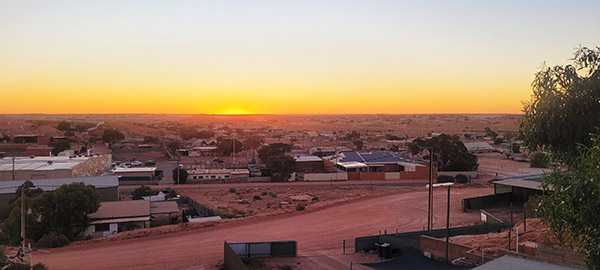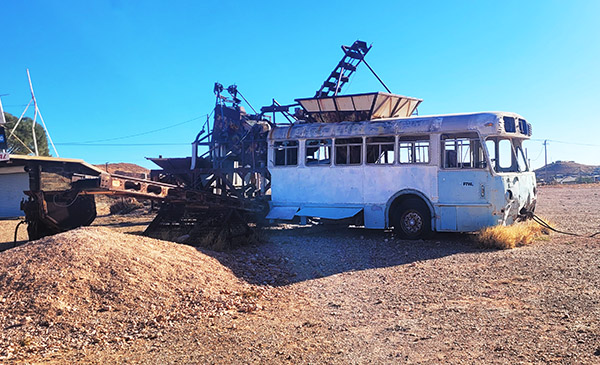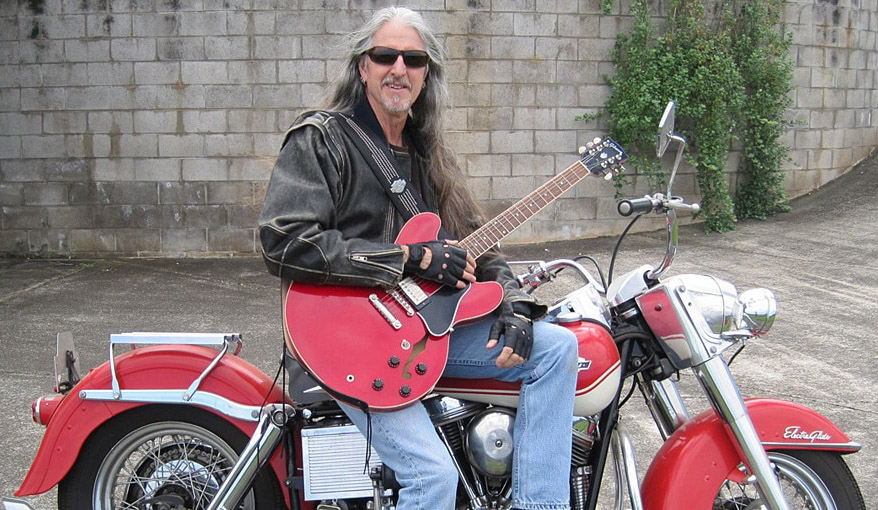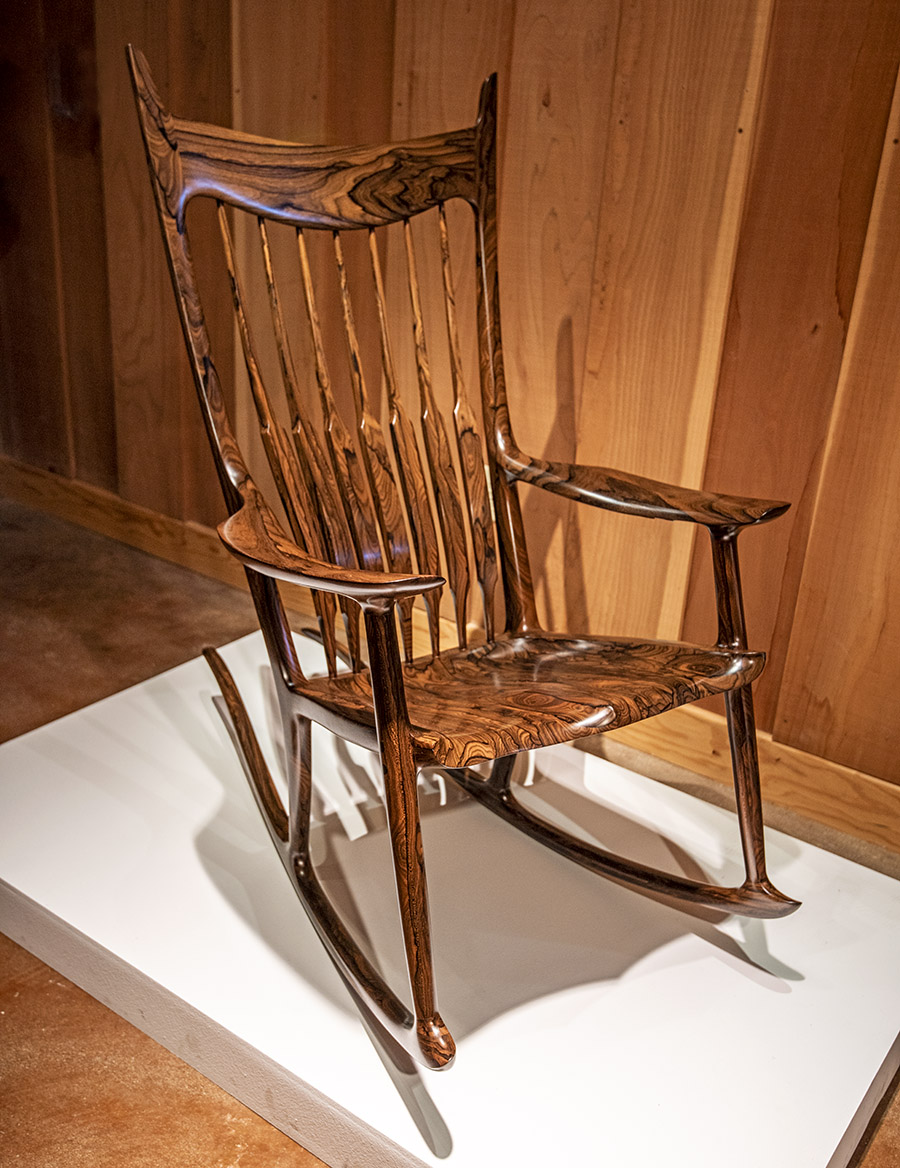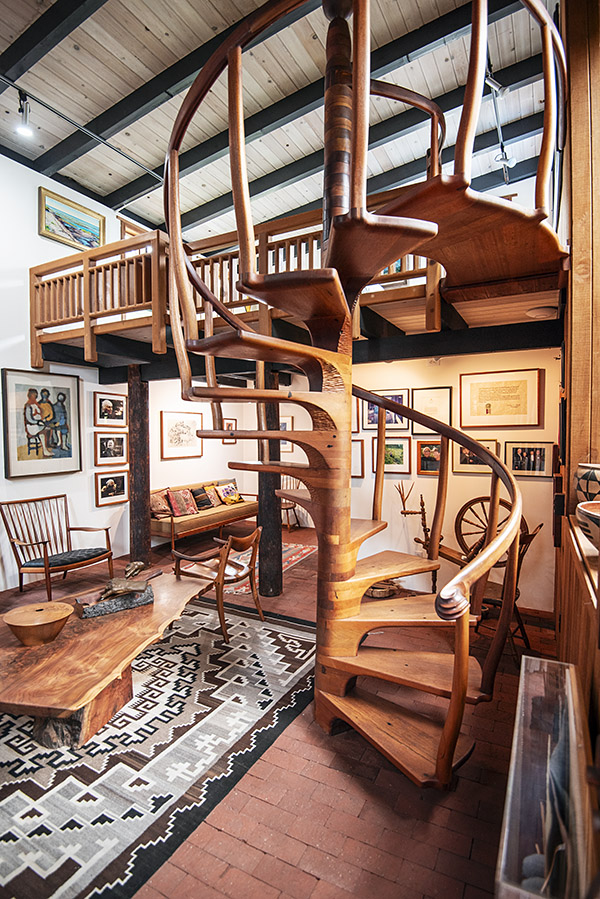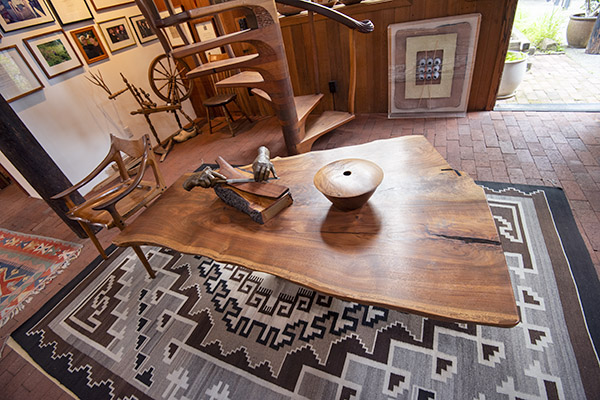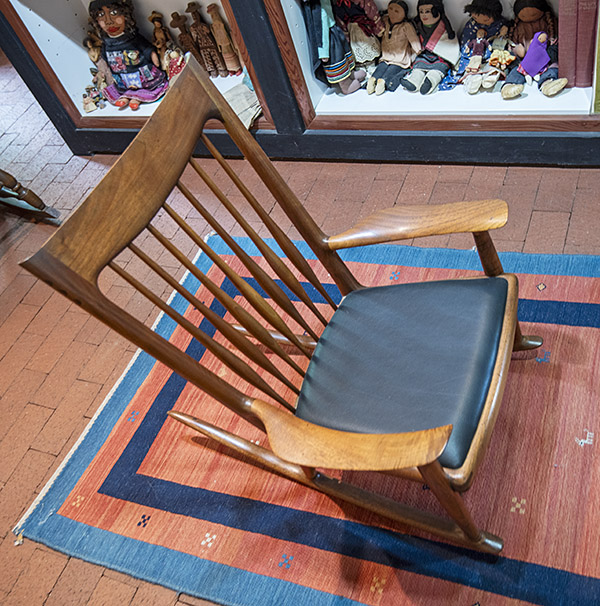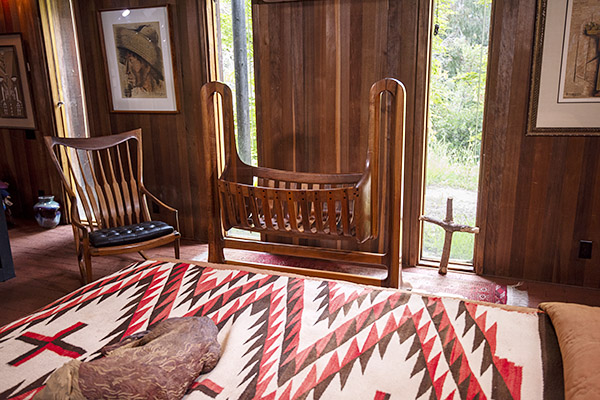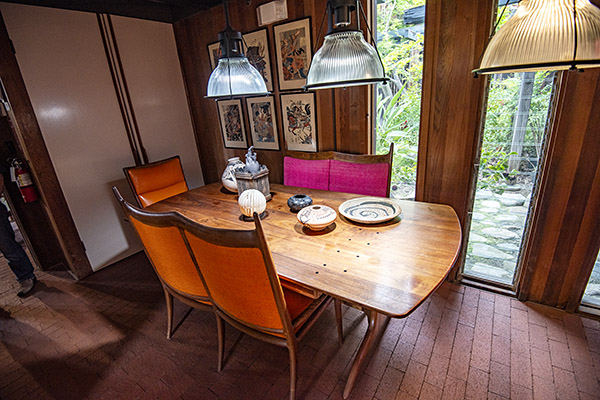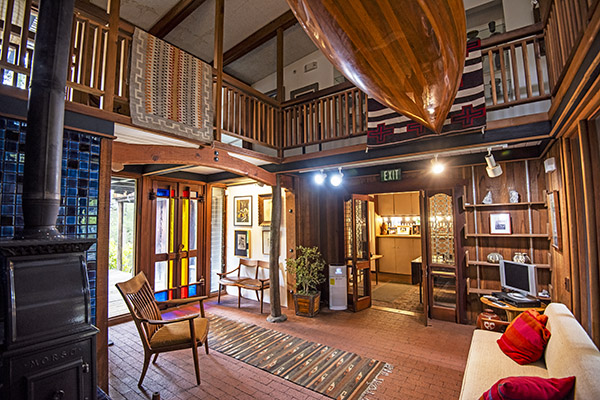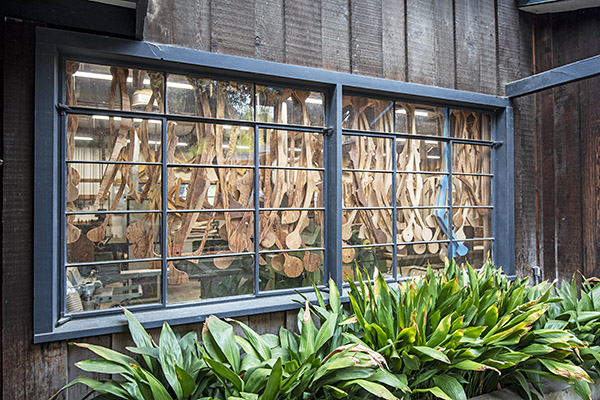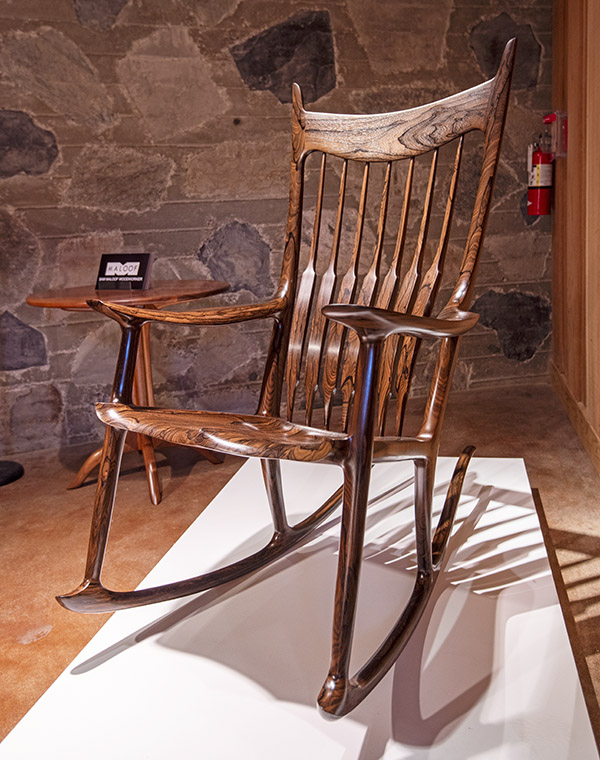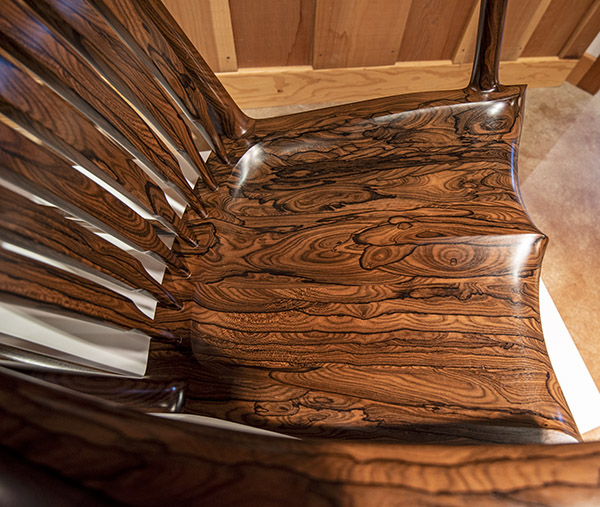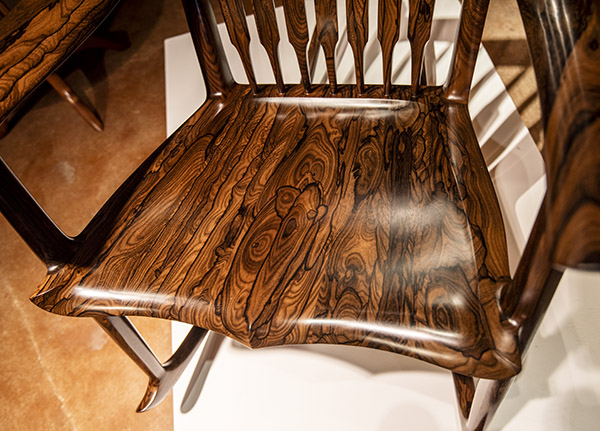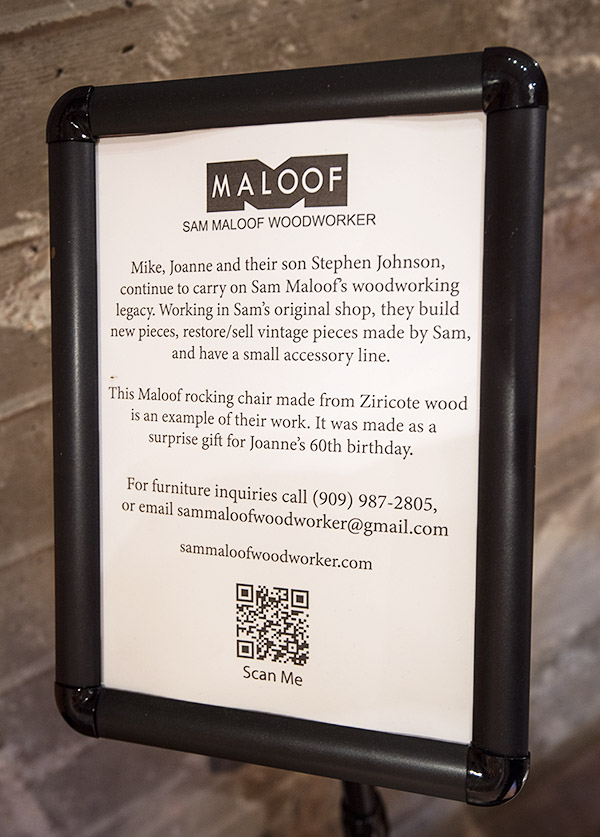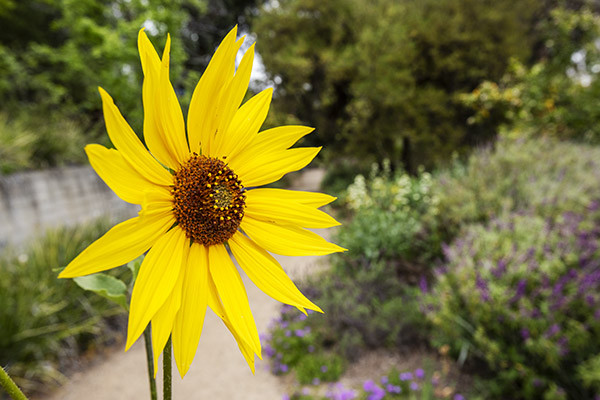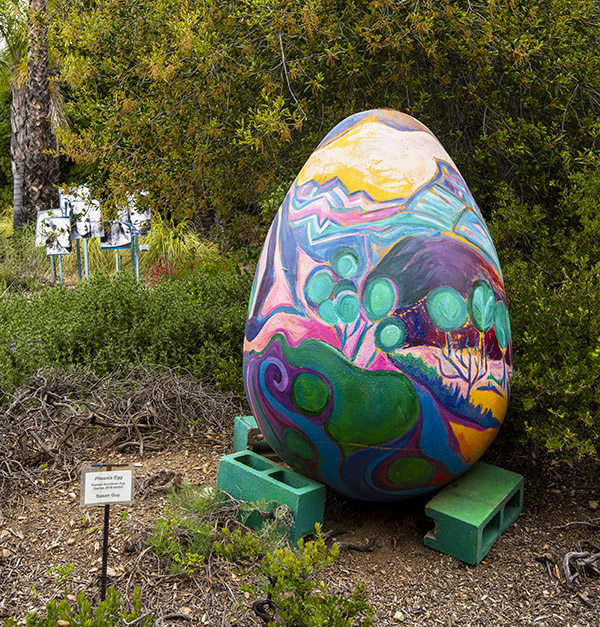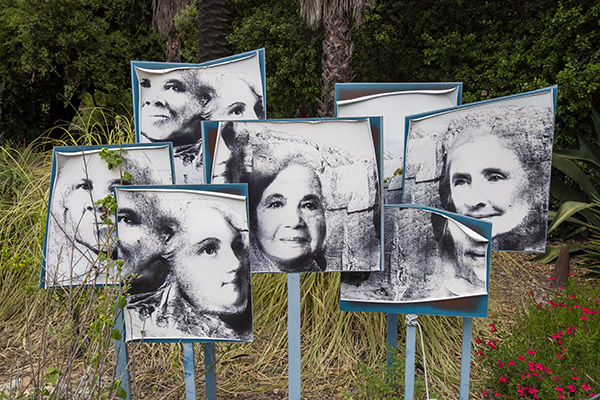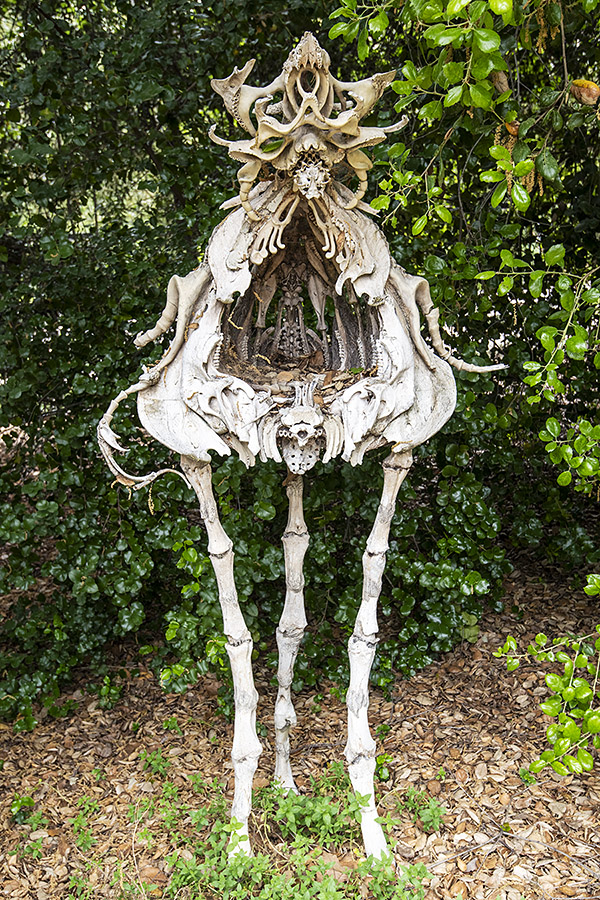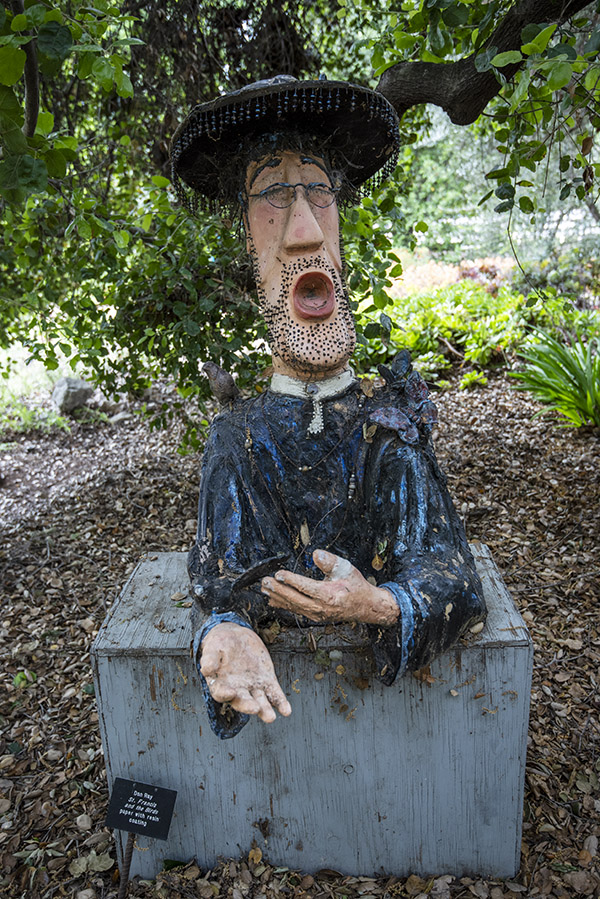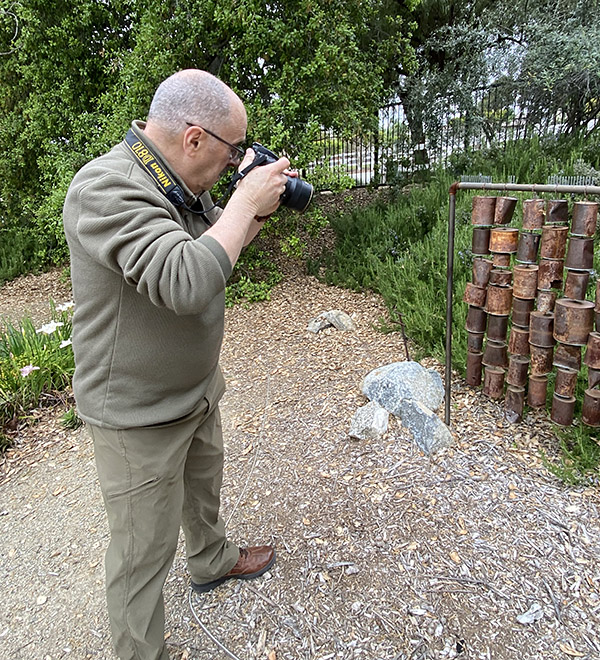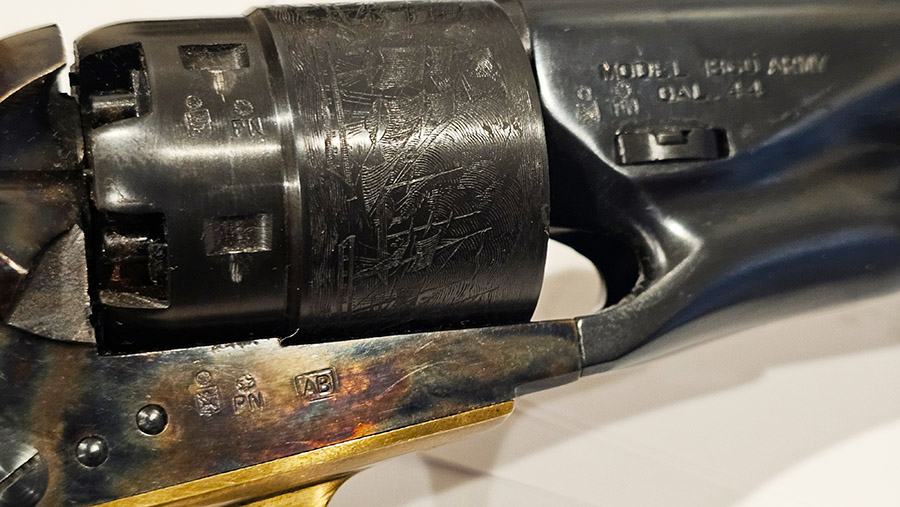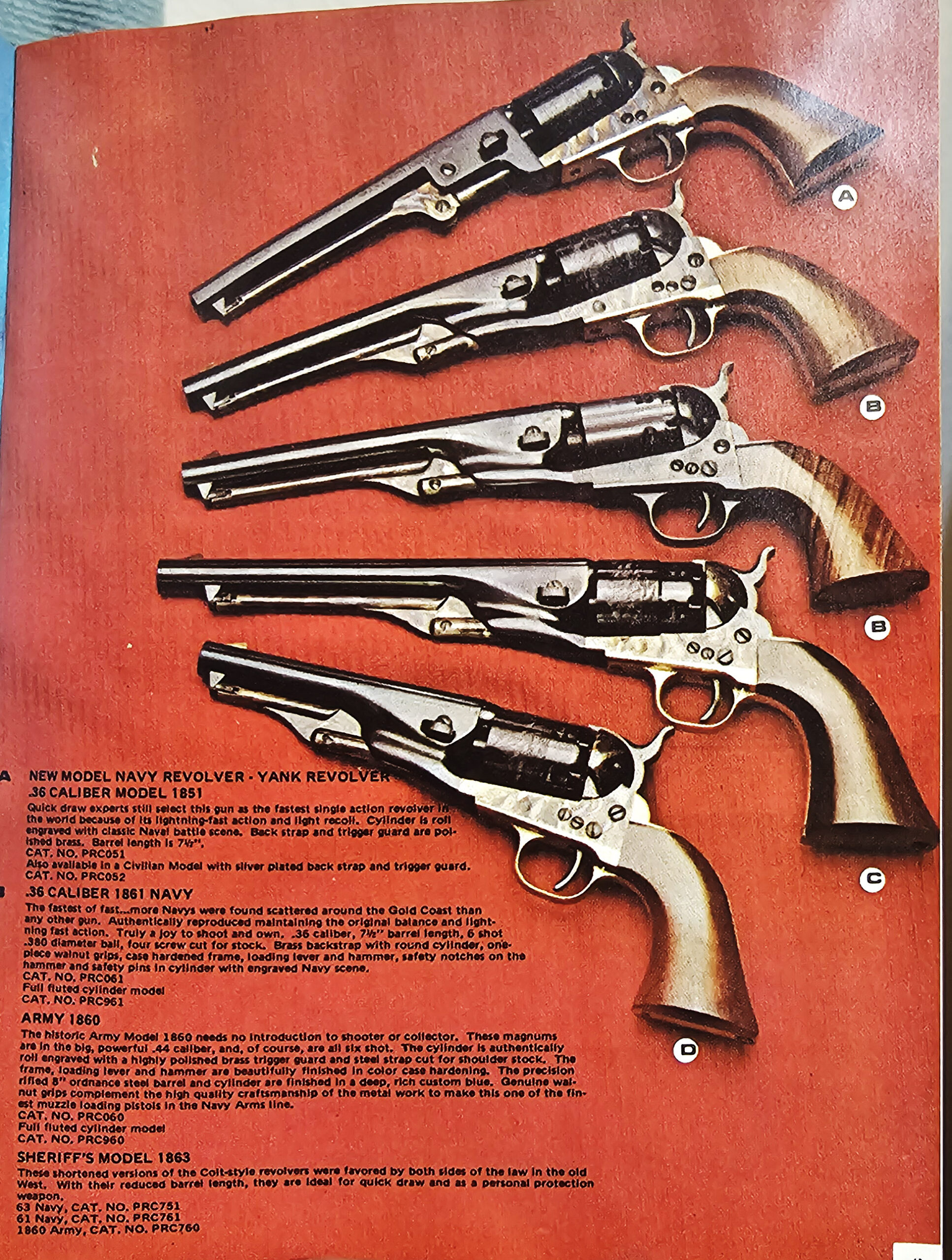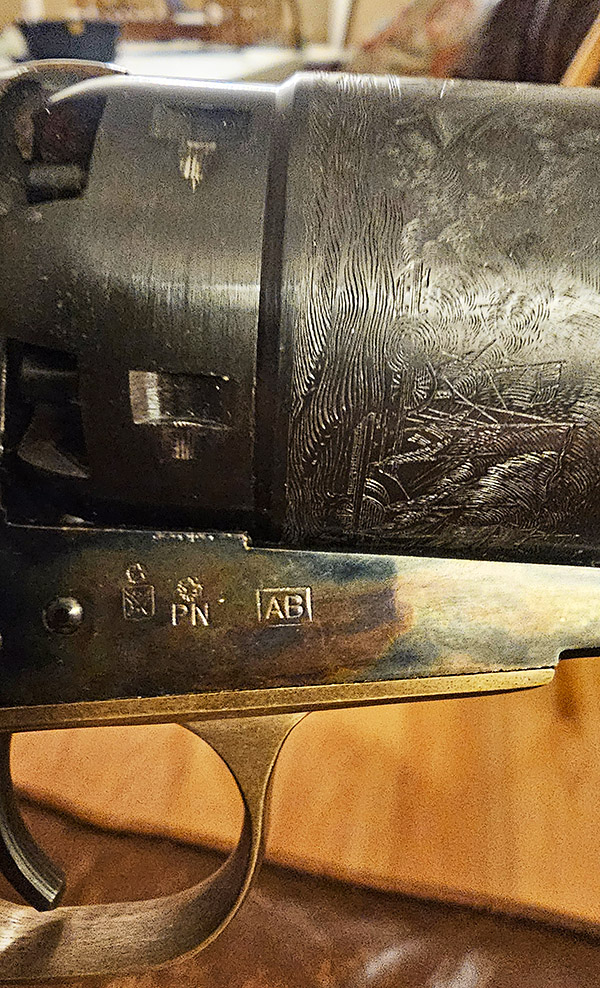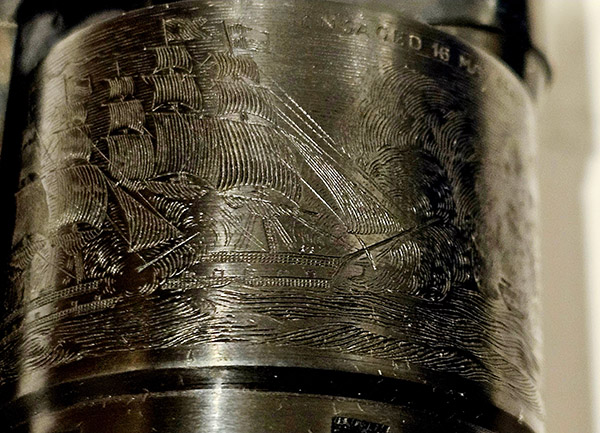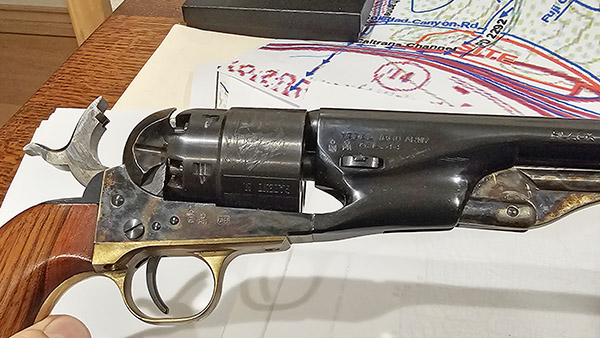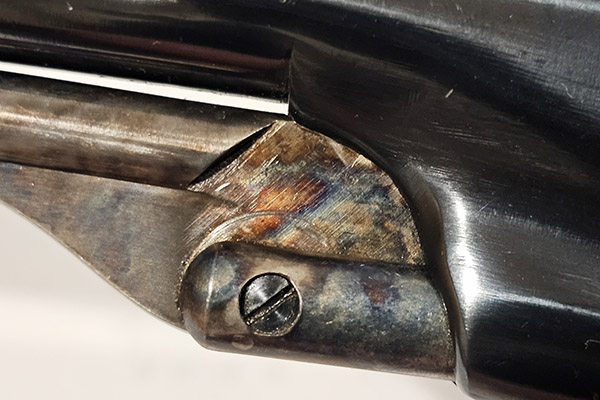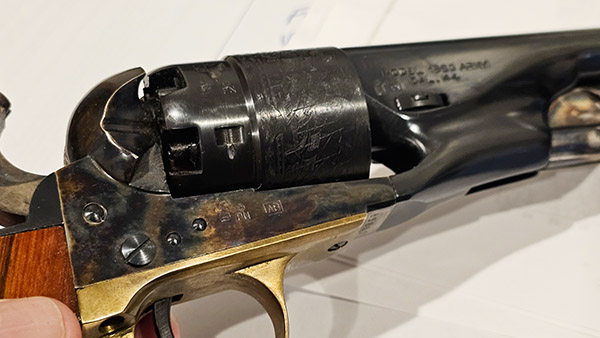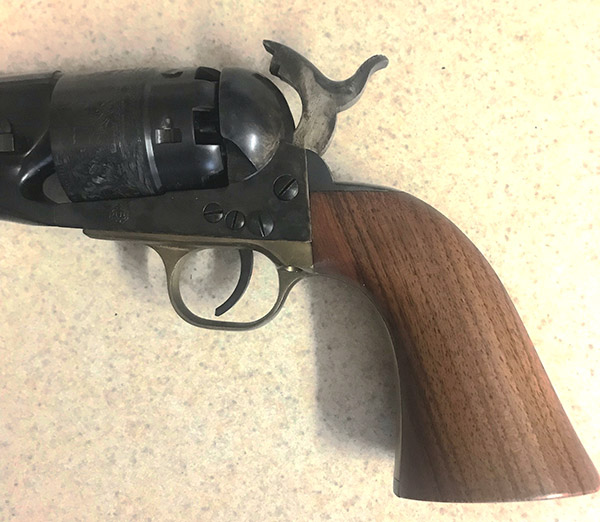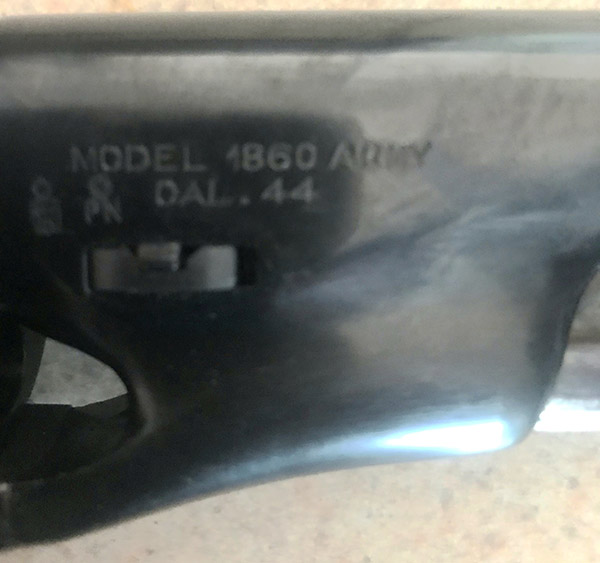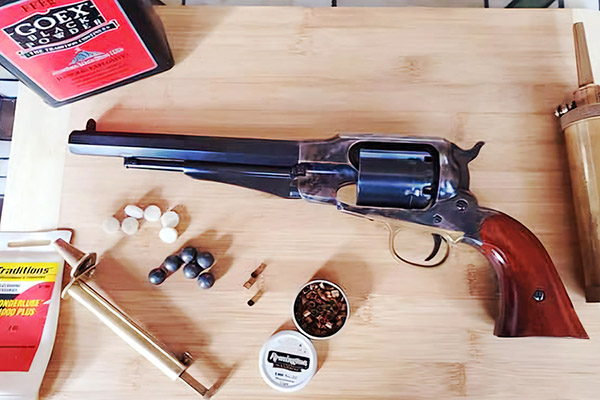By Joe Berk
Sue and I visited the Nixon Library in Yorba Linda (one of our favorite So Cal destinations) to hear Fox News’ Jesse Watters speak a couple of days ago. I’ll post a blog about that in a few days. On the way home, we stopped at a motorcycle dealership in Brea, California. Normally, I avoid motorcycle dealerships for a lot of reasons (as outlined in 5000 Miles At 8000 RPM), but I used to have my 1200 Daytona serviced at So Cal Motorcycles and I thought I’d stop in for a visit. So Cal Motorcycles is a multi-brand dealership selling Ducati, Triumph, Royal Enfield, and Suzuki. I stopped with the intention of looking at the Enfields, but I also spent some time in the Triumph showroom. This blog focuses on the Enfields; I’ll post another one on the Triumphs in the near future.
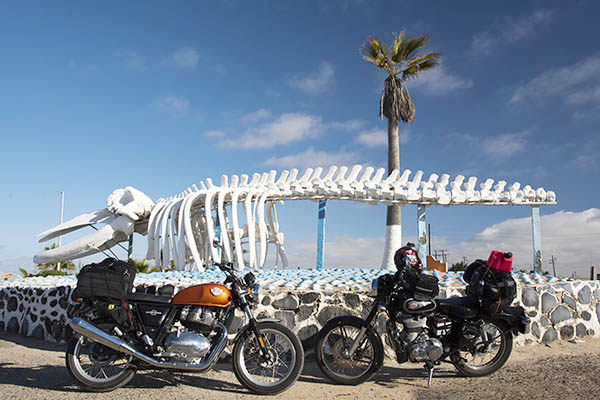
As you probably know, I ride a Royal Enfield 650cc Interceptor. Joe Gresh and I tested two Enfields in Baja a few years ago. You can see those bikes at the Paralelo 28 military post in the photo above (we were about 500 miles south of the border when I took that shot). Our conclusion was that the 650cc Interceptor was a marvelous machine (I liked it so much I bought one), but the 500cc Bullet needed muey attention before it would meet our low bar for approval. That was a few years ago, though, and that’s why we visited So Cal Motorcycles.
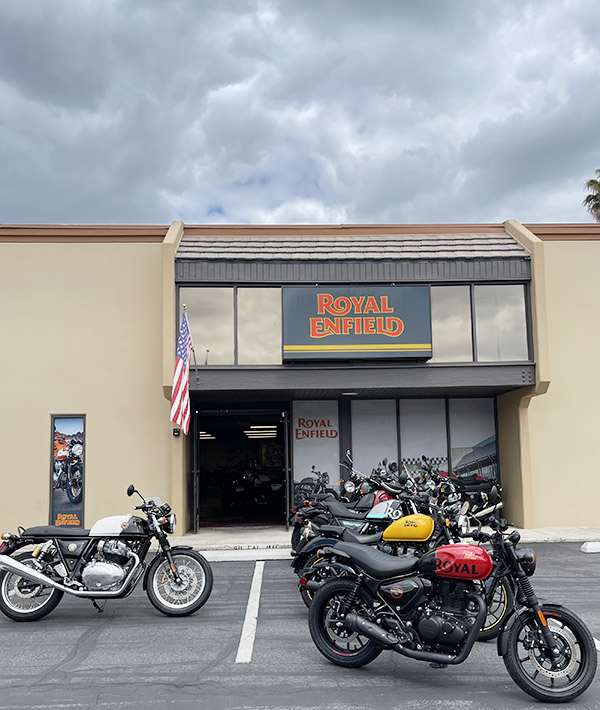
As soon as we parked, I noticed several Enfields parked outside. I had not seen their new singles up close and personal yet. The model line has become a bit confusing for me. It used to just the Bullet (their single), then they added the Interceptor (the 650cc twin), and my 15-kilobyte mind could handle that. Now they have several different versions of the 650 twin and a whole bunch of singles in 350cc, 411cc, and maybe other displacements. I won’t try to explain the entire model line here, mostly because I don’t feel like expending calories trying to wrap my mind around it all. I just wanted to see the bikes and take a few photos. I did that, and I have to tell you: Royal Enfields are still great looking motorcycles. Check out the 350cc Meteor singles below:
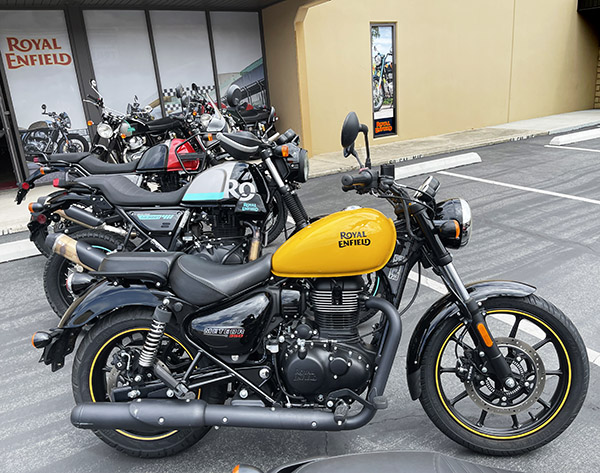
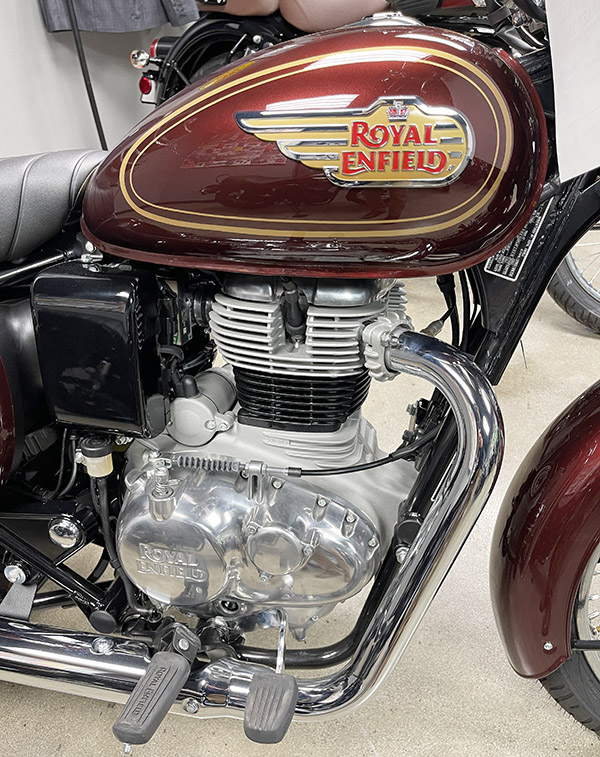
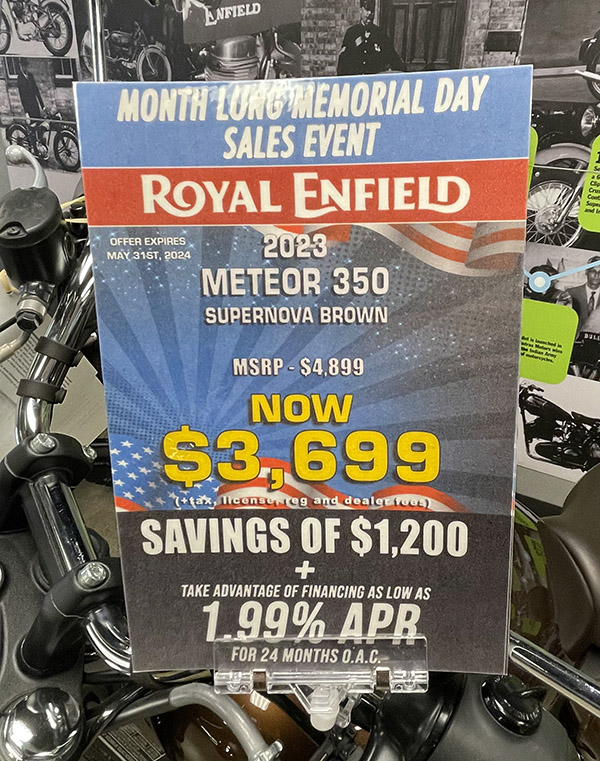
The Meteor 350 is the bike you see at the top of this blog and the two you see immediately above. The price on Enfields has always been attractive; on the Meteor it is even more so. So Cal Enfield had a 2023 leftover Meteor and the price on it was especially attractive.
Next up were the Himalayan models, Enfield’s ADV bikes.
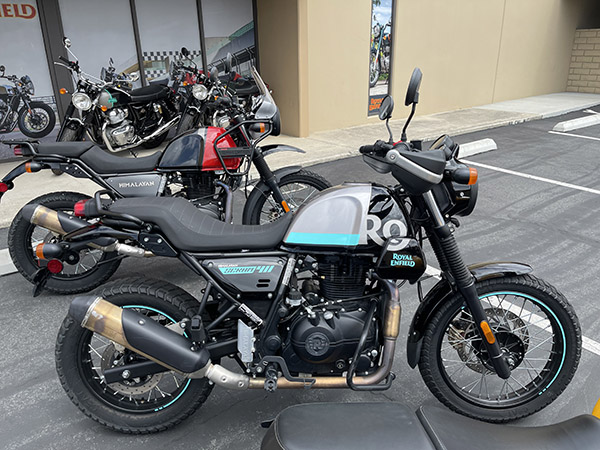
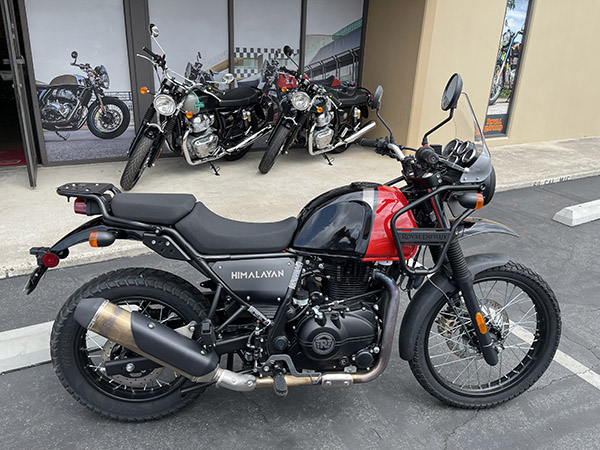
The Himalayan has a 411cc single cylinder engine. The colors are attractive. I didn’t see any with luggage, but I know panniers and top case are available. I saw a guy riding one of these one time when I was returning from northern California on Interstate 5. I was cruising along at 77mph; I think the Himalayan was running about 70mph. Enfield’s spec sheets puts the horsepower at 25. I guess that’s enough. My RX3 had 24.8 horsepower, and it took me all over the western US, Mexico, Colombia, and China.
As an aside, a bunch of folks (including Royal Enfield) are offering trips through India (and the Himalayan Mountains) on Royal Enfield motorcycles. I’m tempted. I’ve always wanted to visit that part of the world, and the thought of doing it on a motorcycle is appealing. The photo ops would be amazing, and I’d get another book out of it, I think. Ah, maybe someday. Maybe I should write a letter to Enfield and ask them to sponsor me.
Enfield’s Classic line looked good, too. At just under $800, the freight and setup fees are ridiculous and larcenous (they were lower than what I’ve seen other dealers charging, though). Motorcycle dealers’ posted freight and setup charges are often nothing more than a suggested negotiating starting point, but it’s still annoying to see this kind of imaginative exaggeration. I wrote about this common dealer misrepresentation in 5000 Miles At 8000 RPM.
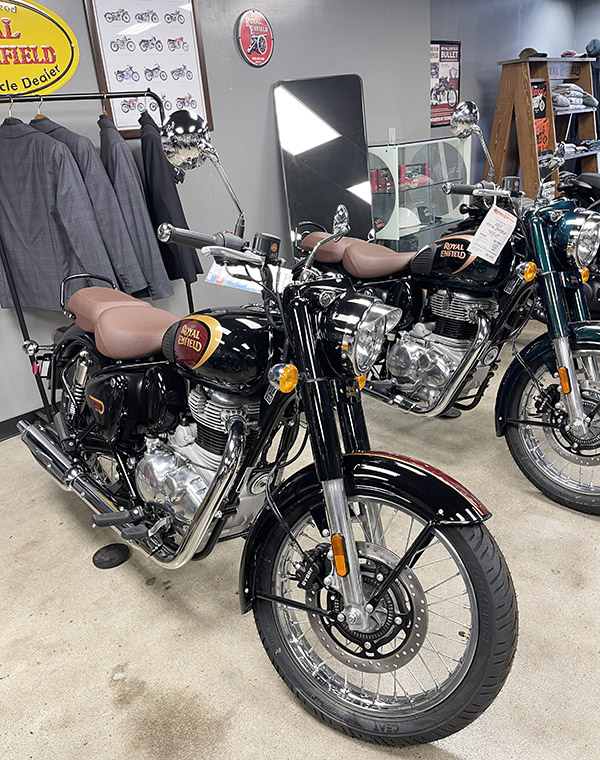
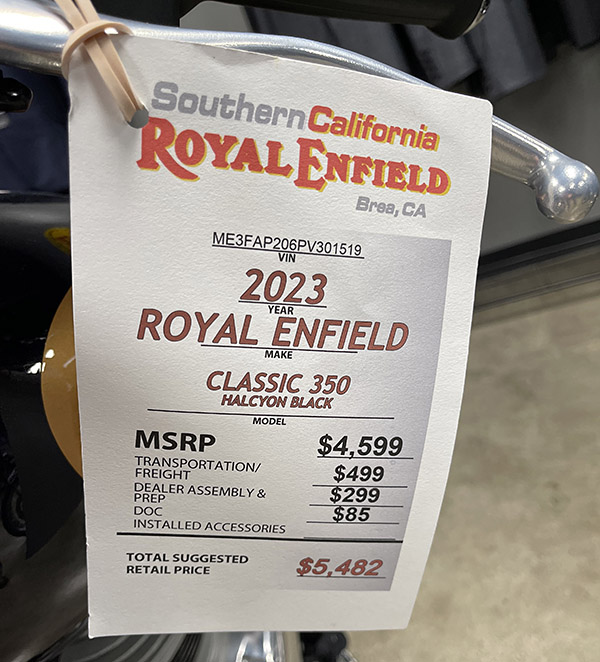
So Cal Enfield had what apparently is a 650 twin anniversary model. It was a used bike with an asking price of $15,999. Hope springs eternal, I suppose.
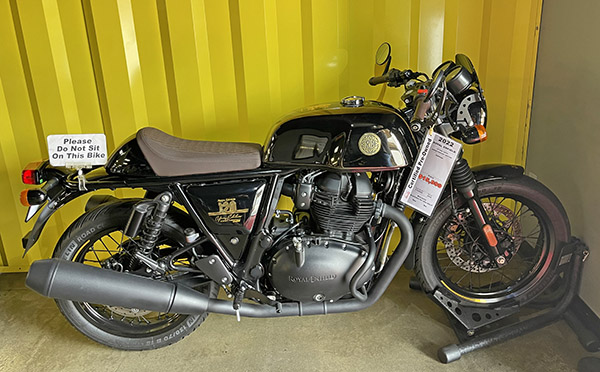
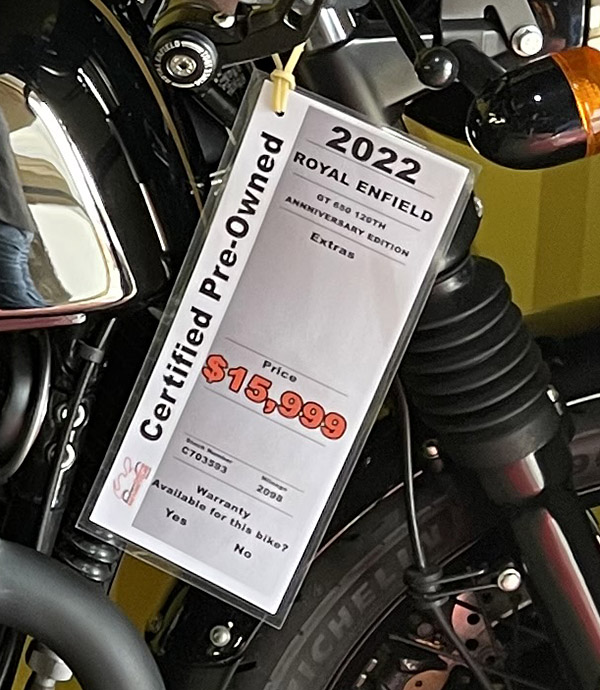
Like most motorcycle companies, Royal Enfield has a clothing line. I saw a sweatshirt I thought I might want until I looked at the price. It was $88. I put it back on the rack. I don’t think I would ever pay $88 for a sweatshirt.
I enjoyed viewing the Enfield line at So Cal Motorcycles. My negative comments about freight and setup (and $88 sweatshirts) notwithstanding, I believe So Cal Motorcycles is a reputable dealer. When I rode Triumphs, I sometimes had So Cal service my bikes, and they always did a good job. Unlike my experience at other dealers, I never had to bring my bikes back because they botched the job. If I was in the market for another Enfield, this would be the place I would go.
Interestingly, Sue and I were the only people in So Cal’s Enfield room. The Ducati room was similarly empty (other than lots of outrageously expensive red motorcycles). Maybe we just hit a lull when we were there. The Triumph showroom, on the other hand, was hopping. I’ll talk more about that in a near-term future blog. Stay tuned.
Never miss an ExNotes blog:

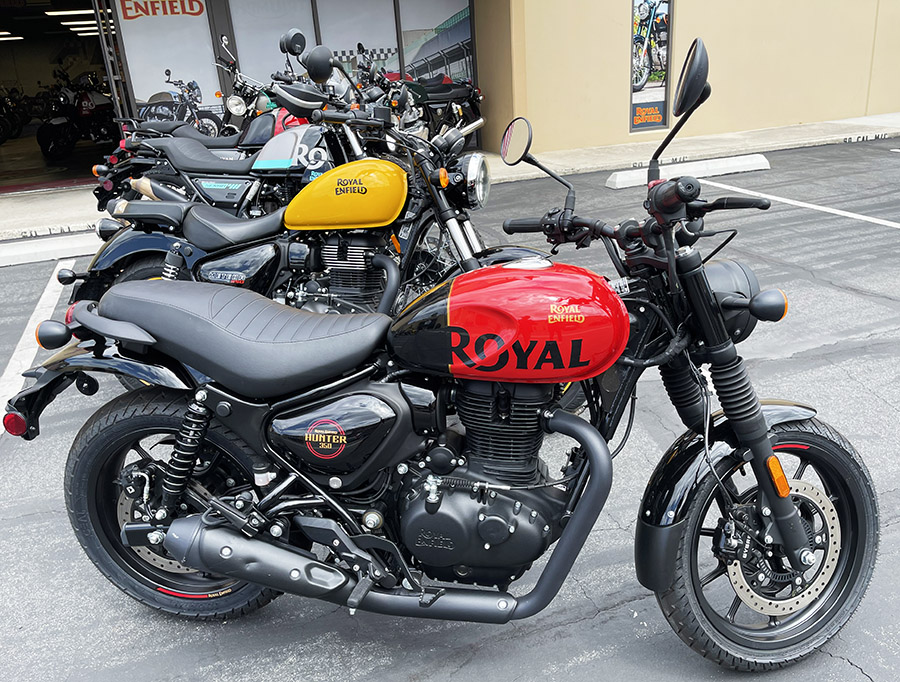

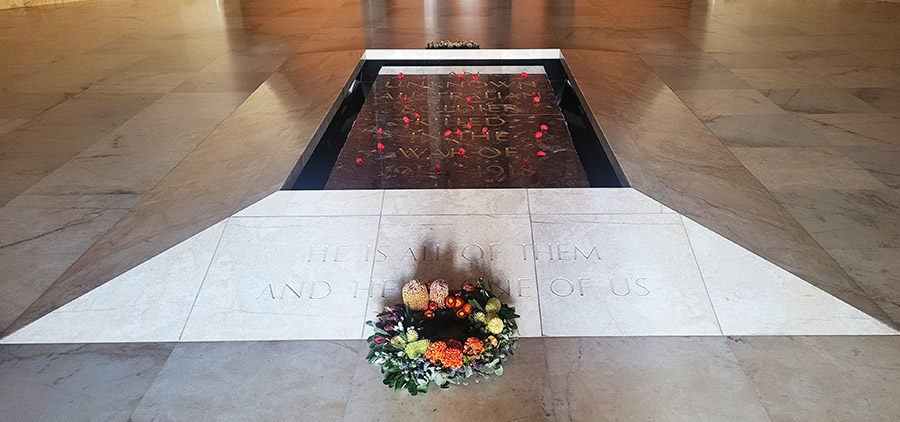
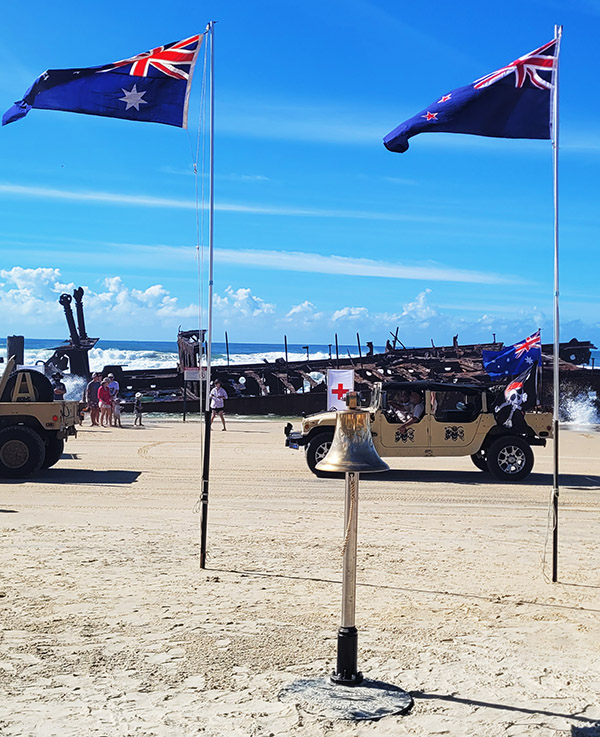 This year on April 25th my travels afforded me the opportunity to celebrate a Memorial Day for two of our allies, New Zealand and Australia. While on a guided tour through Frazer Island, a remote sand island off the northeastern coast of Australia, our tour was delayed an hour at the ship wreck of the TSS Meheno HMNZ Hospital Ship 1. The Meheno was a critical resource in WW I in retrieving the wounded from Anzac Cove in Gallipoli for both New Zealand and Australia. When I asked why the tour was delayed the guide explained, “Today is Anzac Day,” and went into the meaning of this holiday.
This year on April 25th my travels afforded me the opportunity to celebrate a Memorial Day for two of our allies, New Zealand and Australia. While on a guided tour through Frazer Island, a remote sand island off the northeastern coast of Australia, our tour was delayed an hour at the ship wreck of the TSS Meheno HMNZ Hospital Ship 1. The Meheno was a critical resource in WW I in retrieving the wounded from Anzac Cove in Gallipoli for both New Zealand and Australia. When I asked why the tour was delayed the guide explained, “Today is Anzac Day,” and went into the meaning of this holiday.